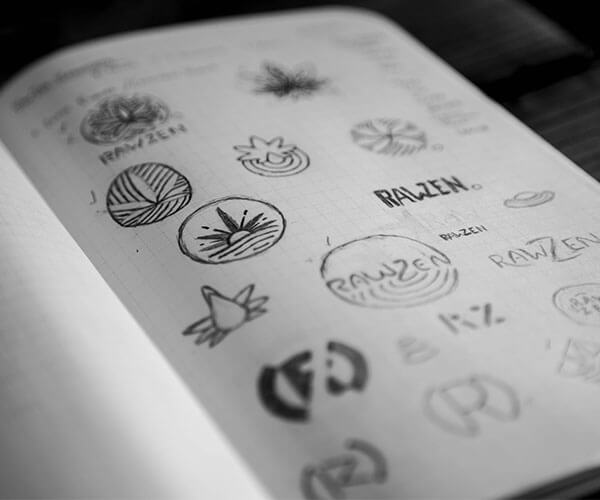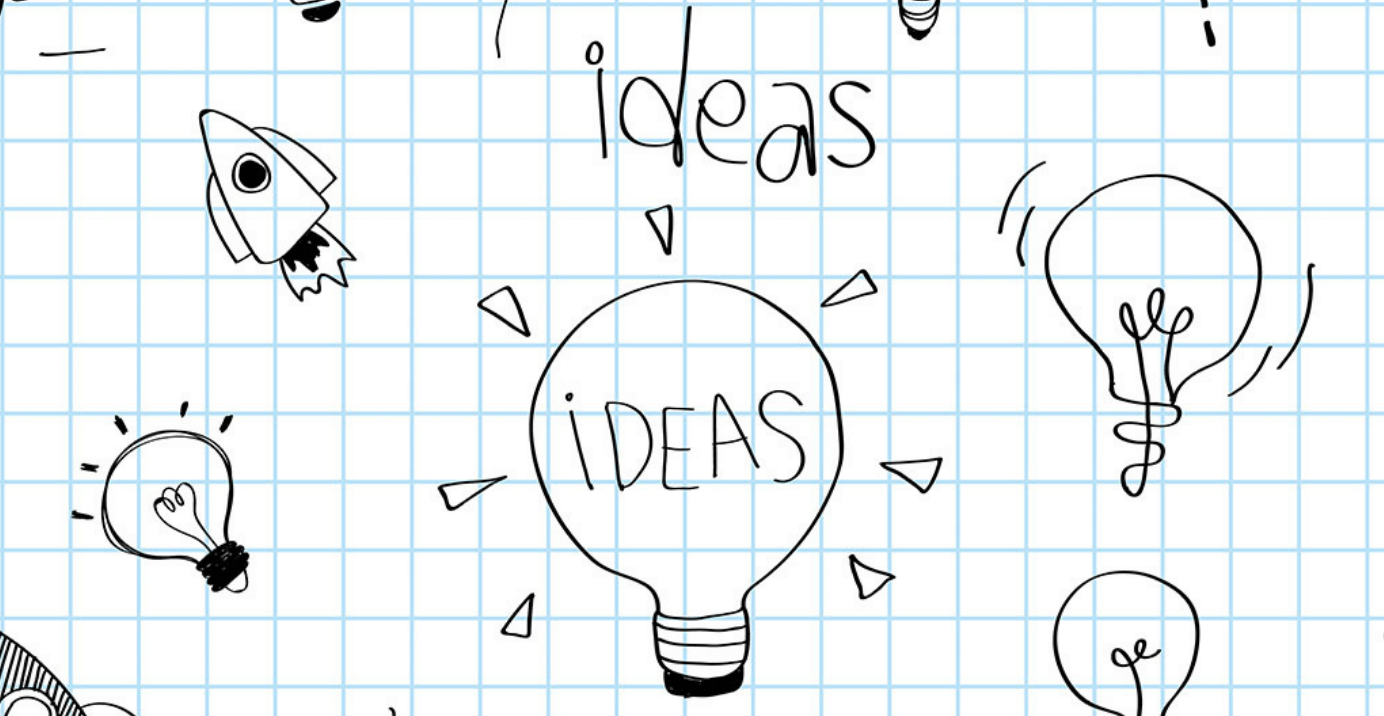Why Graphic Design is Not Marketing
As a marketing professional or part of a marketing team, you have a lot of spinning plates. From strategic yearly plans to daily execution, there are a lot of pieces to tie together for a successful campaign, promotion, or sales funnel. But there’s one thing many marketing professionals underestimate: graphic design.
Most marketing teams use graphic design as the last step, creating layouts or images to complement their messaging or campaign. But graphic design is much more than a marketing deliverable — it’s something an organization needs to accurately and consistently represent the work it does.
Differences Between Marketing and Graphic Design
Graphic design involves using visuals to communicate ideas and values. In this way, it’s innately different from marketing, which uses messaging and placement to drive conversions (sales, contacts, etc.). Because the marketing landscape is becoming increasingly visual and digital, however, graphic design is a vital part of marketing. But they are not necessarily the same thing.
What is Graphic Design?
Graphic design is used to meet an organization’s visual needs, including:
- Brochure and data sheet layouts
- Printed flyers or mailers
- Social media images
- Ad images
- Logos and brand identity
- Website branding

Graphic design keeps the brand’s visuals, guidelines, and style in mind, giving everything that a company creates a cohesive, attractive appearance. Of course, most of these “byproducts” of graphic design are connected to a company’s marketing needs.
What is Marketing?
Marketing is the act of selling and promoting a business and its services or products. This involves:
- Performing audience research
- Collecting metrics and tracking Key Performance Indicators
- Creating (and sharing) content
- Planning and launching advertisements
- Driving sales, engagements, interest, etc.

Marketing is, essentially, services that a business needs to continue to grow. As marketing becomes more digital, graphic design is becoming an even more critical component of these efforts. However, graphic design is not just a tool used to advertise — it’s used to thread the company’s brand through everything it does.
How Graphic Design and Marketing Work Together
At their core, graphic design is used to promote the brand, while marketing is used to sell it. A company that uses graphic design as the last push in a campaign may have disjointed, ineffective visuals that do not attract the ideal customer. On the other hand, a company that sees graphic design as a way to tell its story using consistent, targeted visuals will reach consumers faster and with better results. Because of this, graphic design should never be the last step in your marketing plan.
Graphic design is a cornerstone of marketing in this digital age; one without the other won’t get your business anywhere. That’s why marketing departments and graphic designers should work together to determine or share:
- The target audience of a campaign
- The end goal (which conversions you’re seeking)
- Where the graphics will be seen
- Messaging or copy that will go with the design
All of this impacts how a designer will work with visuals and layouts, and how the intended audience absorbs the message. Graphic designers understand how visuals communicate ideas and messages, which is why it’s important to give them the full background before they dive in. It’s also important for graphic designers to work with marketing teams to really understand the intended audience, which helps avoid design based solely on personal preferences or templates. Metrics and data can guide creativity, creating a blended and effective marketing strategy.
You Need Graphic Design
Because graphic design involves using different tools and skills, it is not the same as marketing. But they are in partnership. You need graphic design to build your brand and sustain visual awareness; it’s not just used to create one-off images or layouts for a marketing campaign. If your business needs help with graphic design and branding that help you tell your story more effectively, we can help.
